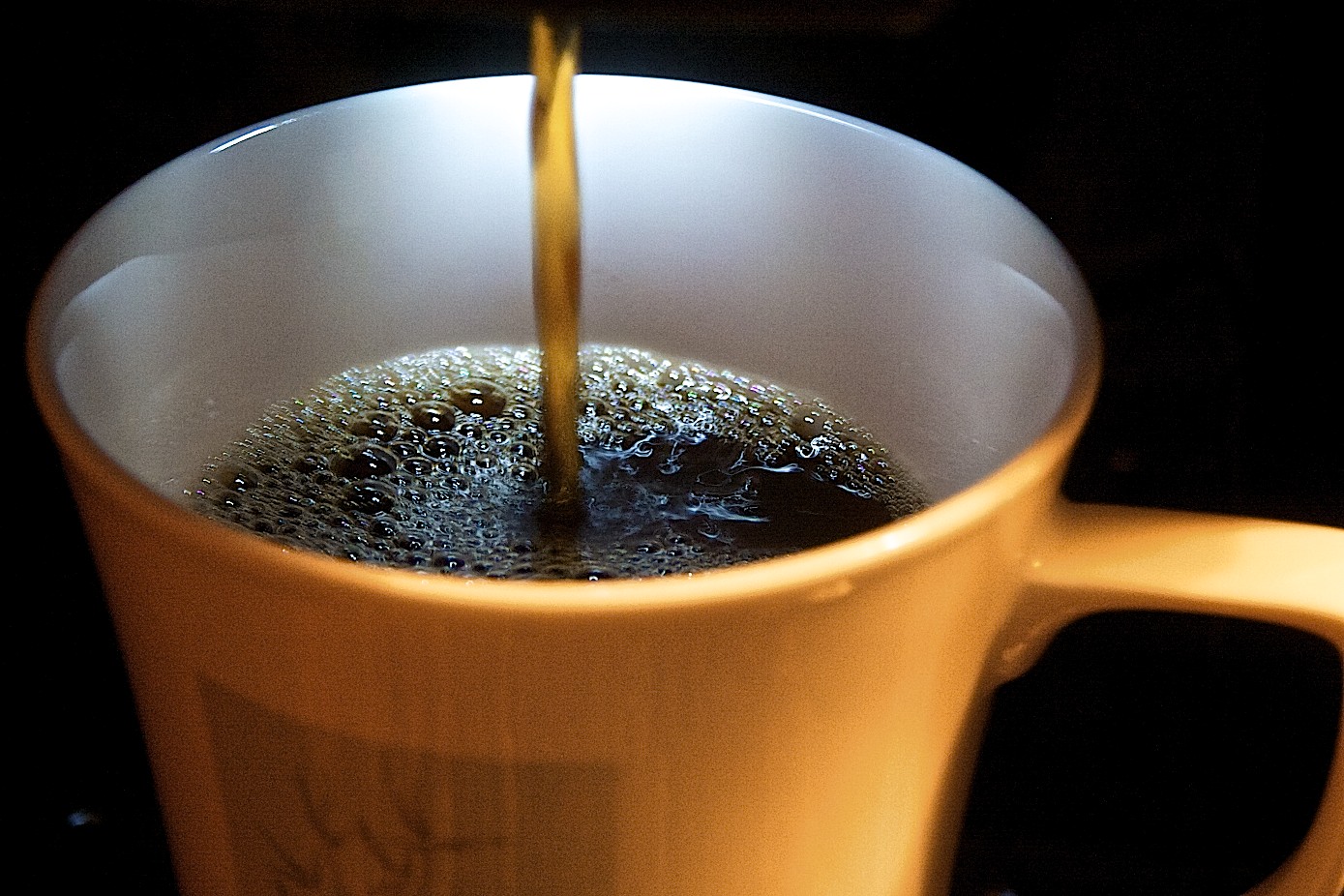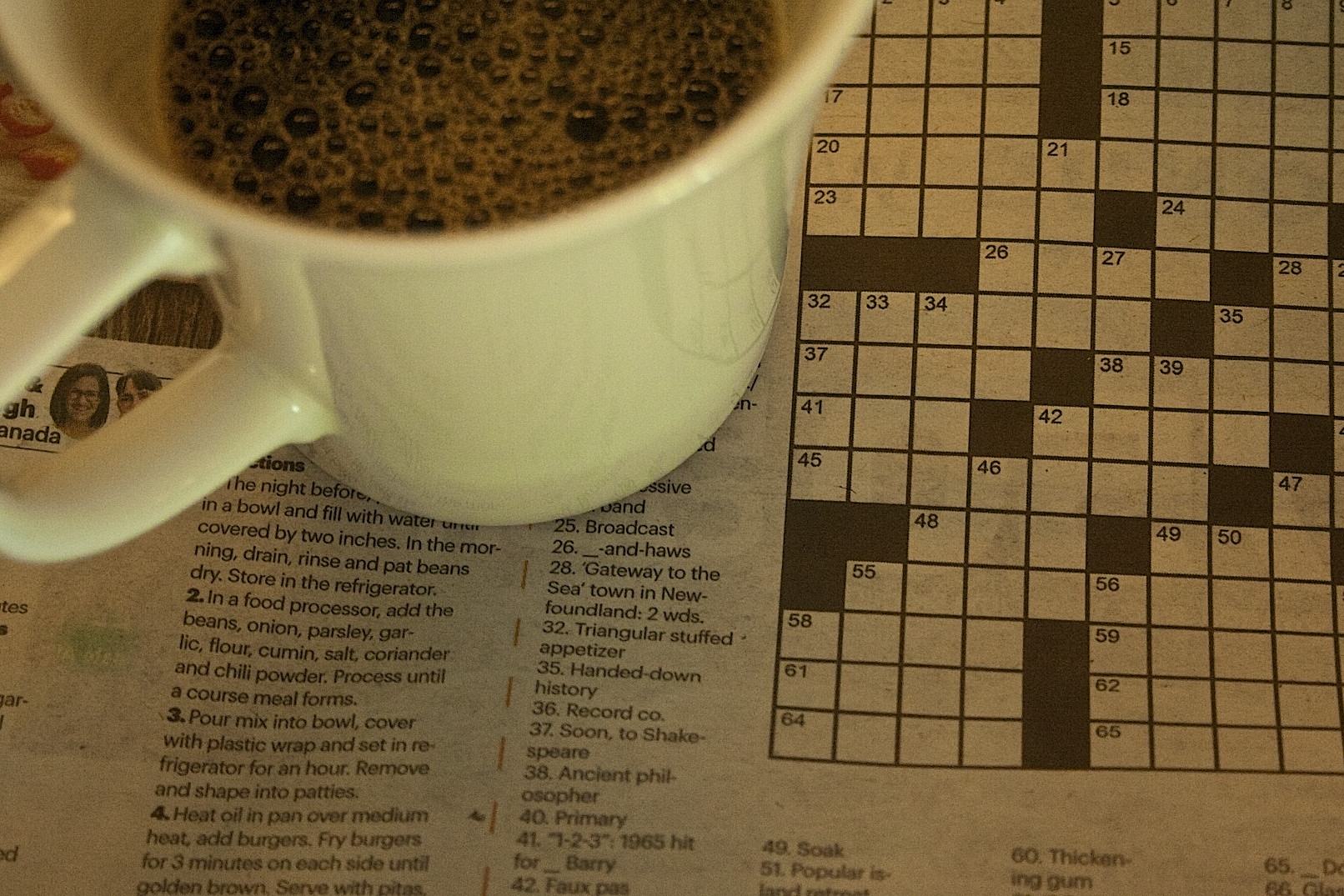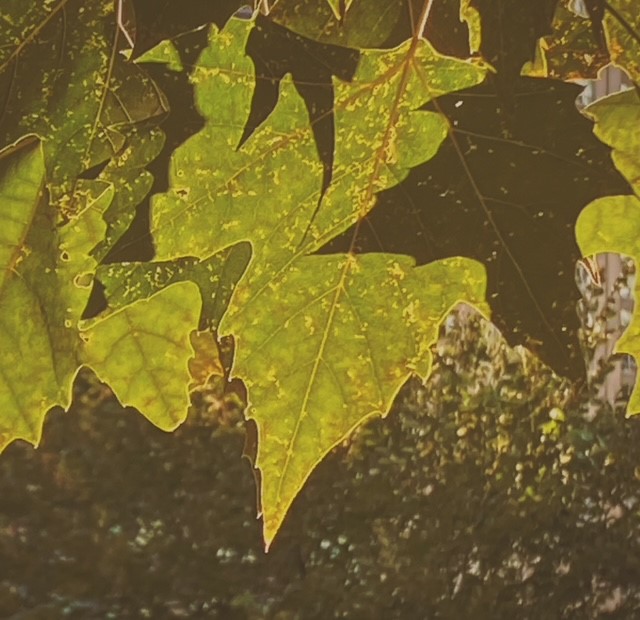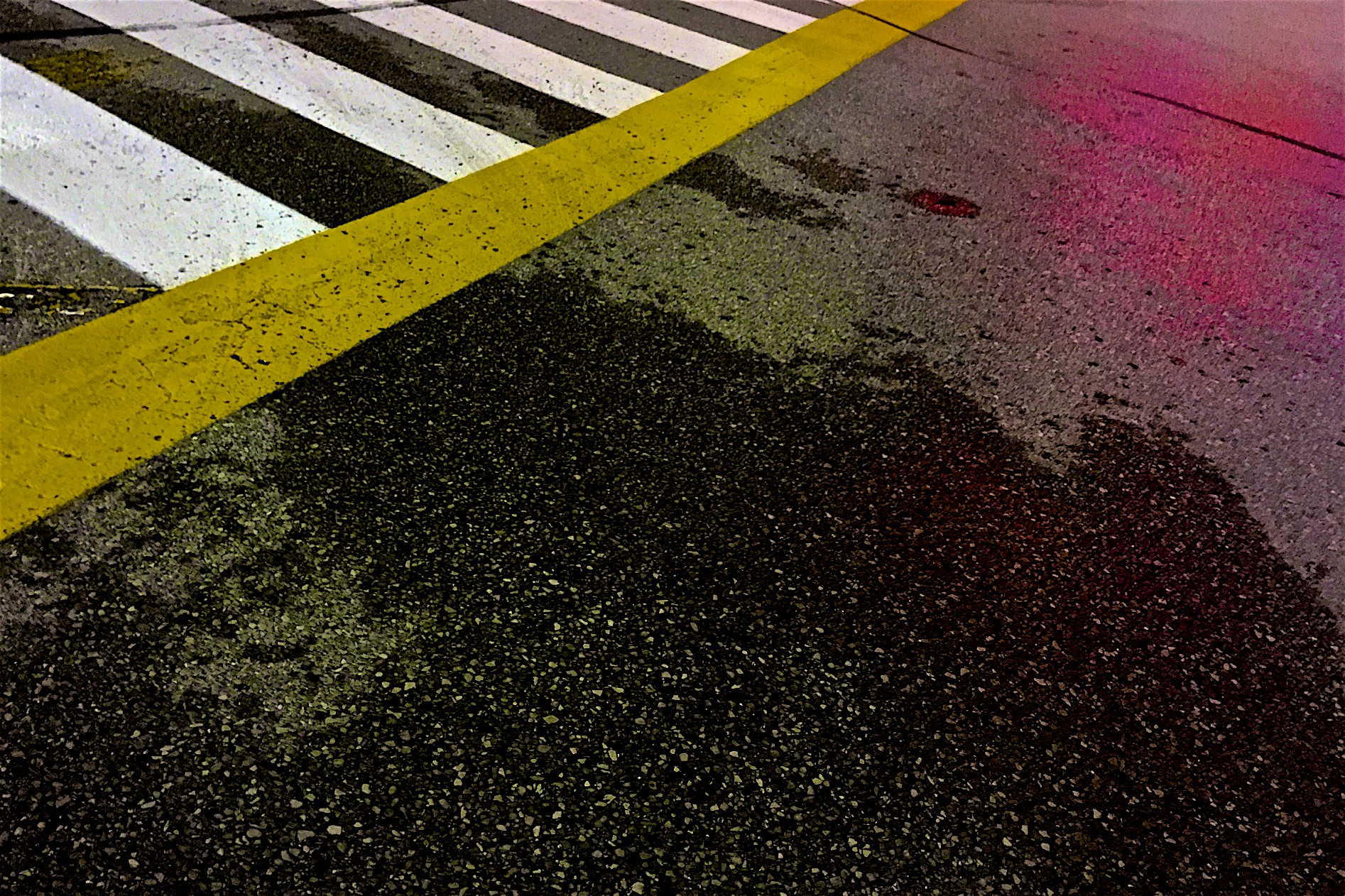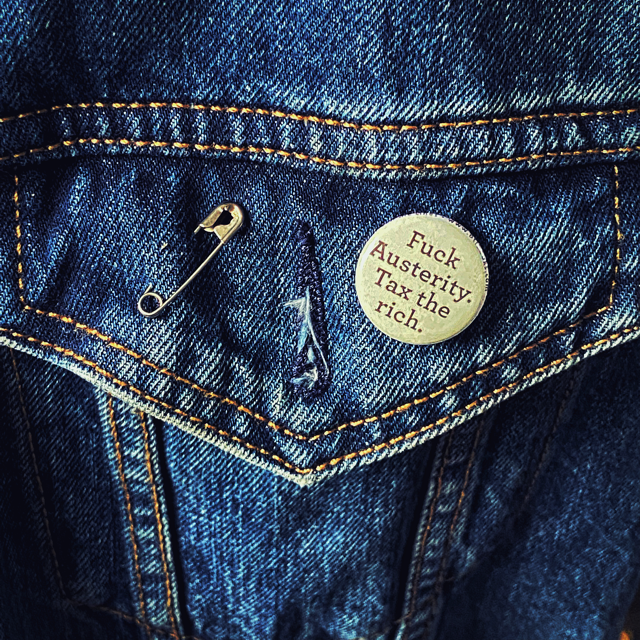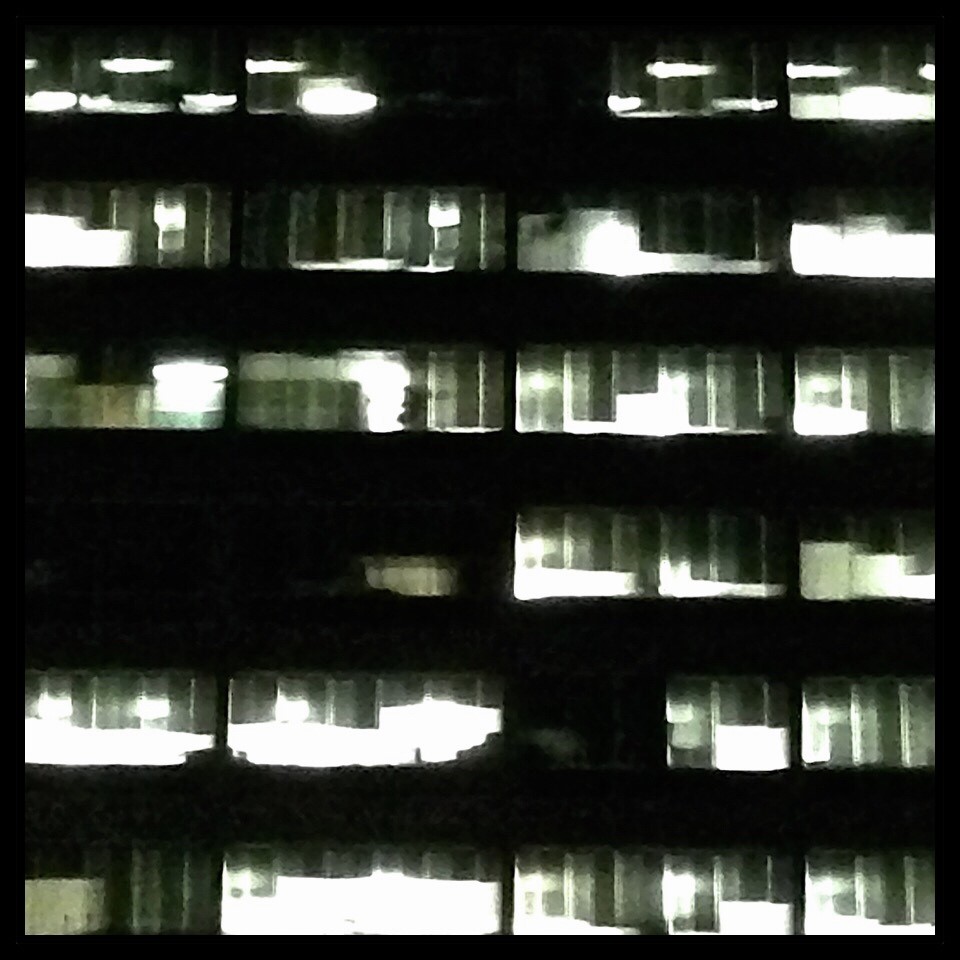You would like to think it is the first thought of the day, but until your lips have met, nothing counts as thought.
Lying in bed, your mind may go elsewhere; to other people, places, issues, and situations, though you are unable to complete any other mental transaction until you’ve had a taste. You think, or try. Hell, it may even be classified as dreaming as you are not fully conscious, but in your head you can see the object of your desire. You know it is a few steps away, and this vision alone may be enough to get you on your feet.
You stumble. The knees are weak, balance not quite right, your head is not clear, yet you are now vertical and pulled across the floor. It’s attraction, like gravity.
Then you can only look.
It’s delirium, it is not a decision, not at all; you know what you want, and you know what you have to do to make it happen. Again, not even thought, but more like autopilot as you reach out, hands shaking slightly. Collecting your wits, you manage to take hold of reality.
One, two, three heaping scoops, perhaps one more for good measure. Hurriedly you dole out the correct amount, or the customary amount, an amount that will work. Past experience, daily practice, and good habit all come together.
Seizing the handle of the carafe, first with both hands, you pour just the right quantity of water, careful as can be, knowing too much will weaken your efforts and too little will leave an aftertaste. Pure instinct and blind faith guides the water to its intended destination. No spills, no time for all that, you know that if you get this right you will soon find the balance required. The clear glass vessel now where it needs to be, with one swift action you press the button and power up.
Still you stare. Nothing happens, not right away. A shade of self-doubt, there is a moment, or two, of second-guessing and then the sound that allows everything else to happen. The small, imperative, appliance gurgles. You know, right then, it is a better place, and you will soon begin to step into the life you have woken up to.
You listen, and then, like magic, you watch as a few drops, then a dribble to a trickle as the true nectar of the Gods streams out. Life is about to get better.
Anticipation. Soon. You blink. You wait and you can wait, secure in your mind that you will be rewarded, and now have enough confidence to, perhaps, get a few things done while you are waiting. There’s not enough time here to tackle anything major; you won’t check your phone for messages, you won’t unload the dishwasher, or put away the pots from last night’s dinner. There is not the time, nor patience. Not then. You won’t even think about what the day calls for. There is enough time for the morning pee. You might even brush your teeth, should it not require too much manual dexterity, but mostly your mind is on nothing else but your coffee.
Still gurgling, the coffee maker is now spewing out the most beautiful stream of consciousness, you mind will allow for nothing else but contemplation on the taste that lies ahead. You consider, just briefly, seizing a cup and beginning the process now, but you’re not ready. It is not ready, not fully brewed, and despite your want, your need, and the temptation, you know you can (and must) wait a few seconds longer.
There are a few final drips while you take out the cream, or milk, and find whatever sweet stuff you may need to make it taste just right. We all have our preferences, and it may be a sin to discount what others add, or neglect to add, to their cup of joe. Some people will take it straight up, black and bold and unbothered. Others will obsessively mix and measure. It matters not. Not really. It is an individual thing and, in the grand scheme, matters less about what goes in than what you get out of it. You know what you need, and that is all you need to know, especially right now, as this taste of morning ecstasy is moments away.
You shake, your stir, you prepare your mind and mouth for what is about to happen as you lift the cup gently and carefully, stopping but a breath away from your lips. You hold the cup close and steady, pulling the scintillating scent of the anticipated deliciousness through your nostrils. You can feel your self come alive.
A smile, you purse your lips and allow the first sip into your body. Your eyes brighten, your blood begins racing. You sip, you let the liquid rest in your mouth, just a moment, eyes now shut, before you swallow, and then again.
Your life suddenly has a purpose. Your day is about to begin.
You cannot rush this moment. Taking the few steps to the table and, without placing the cup down, settling into the chair, you park yourself to allow the body to catch up with the mind.
It would appear to be a mere cup of coffee, to many people, but to you it is more. It is passport to the life force that will pull your mind, limbs, and soul and into one united being.
It’s not just coffee. It is never just coffee.
It might be a vice, yes, but it is not an addiction (at least not one you will admit). You could get through the day without a cup, but why would you try? Why deny a pleasure that is so simple, so easily obtained, and so necessary to maintaining nature’s balance?
Like art, good art, coffee appeals to all the senses. There is the initial scent of the bean, the sound of the process, the tantalizing sight and smell of the deep, dark, liquid. The touch of the soulful warmth, in your hands and on your lips, is tactile and tangible and tasty.
It is absolute, and pure, satisfaction.
Believe it or not, there are people who can, and do, make it through the day without coffee. I suppose it’s personal, and I’m all for freedom of choice, but I do have to question those who may decide to begin their day with a cup of tea. I do enjoy tea (maybe later in the day or in the evening) but morning calls for confidence, and withered and weak leaves do not inspire in the same manner as the beautiful bean.
I’m also allowing a little latitude here for those who may favor decaf. I know there may be joy in the smell, the taste, and the warmth of decaffeinated coffee, but I can’t imagine being satisfied with a beverage that has been stripped of its substance. Not me. Not in the morning. No way.
Caffeine itself is the most commonly used mood-altering drug in the world, and I will not forgo that which is legal, easily obtainable, and part of a product that is so damned delicious. Of course, like any drug (legal or not), moderation is key, but I’m not going to dwell on that. Not first thing in the morning. My metabolism is kicking in, my neurons are firing on all cylinders, and I won’t waste this time of day considering any harmful or hindering side effects.
Right now is all about the coffee, after which you are able to step forward with clarity, with intention, and with all the faculties in which you were blessed. With this power you are able to make decisions, set goals, pick away at a crossword, cope with irrational people, find your fire and, again, breathe with the rhythm of your world.
You may, at times throughout the day, stop and top off your psyche with another cup, but nothing compares to the first cup of the day. The sun has risen, the air smells a little better and you are alive, again.
Through this morning ritual you are better able to comprehend everything and face all that comes at you. Anything is possible, with coffee by your side, especially another day.
© 2015 j.g. lewis
